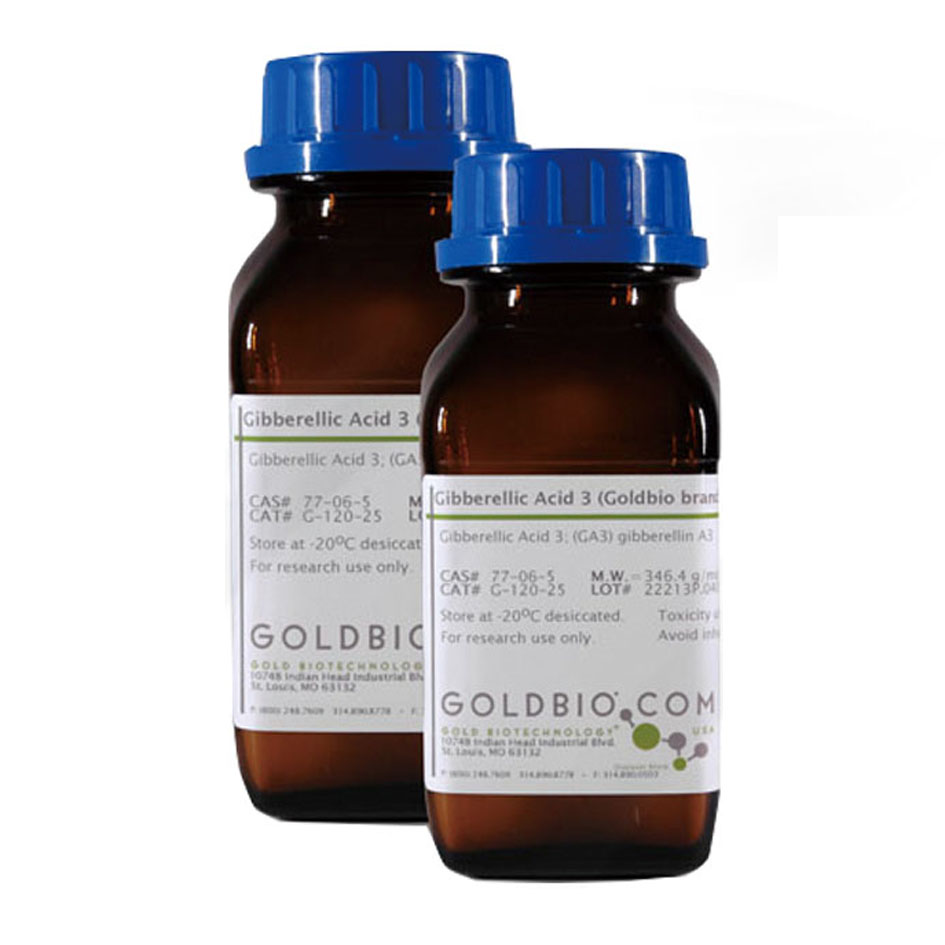Plant Growth Regulators IAA 98%TC cas87-51-4 Indole-3-Acetic Acid
Introduction
Indole-3-Acetic Acid is a ubiquitous endogenous auxin in plants, which belongs to indole compounds. Also known as auxin, auxin and alloauxin.
| Product name | IAA (Indole-3-Acetic Acid) |
| Other names | 2,3-dihydro-1H-indol-3-ylacetic acid;indolyl-aceticaci;Kyselina 3-indolyloctova;kyselina3-indolyloctova;omega-Skatole carboxylic acid;omega-skatolecarboxylicacid;Rhizopon A;Rhizopon A, AA |
| Formulation and dosage | 98%TC, 0.11%SL |
| CAS No. | 87-51-4 |
| Molecular formula | C10H9NO2 |
| Type | Plant growth regulator |
| Toxicity | Low toxic |
| Shelf life | 2-3 years proper storage |
| sample | Free sample available |
| Mixed formulations | indol-3-ylacetic acid0.005% +28-homobrassinolide0.005%SL1-naphthyl acetic acid20%+indol-3-ylacetic acid30%SP |
| Place of origin | Hebei, China |
Application
2.1 To get what effect?
As a plant growth regulator, it can promote cell division, accelerate root formation, increase fruit setting and prevent fruit falling.
2.2 To be used on what crops?
auxin. It is the most common natural auxin in plants. Indoleacetic acid can promote the formation of top bud end of plant branching or bud and seedling.
It is plant auxin. Auxin has many physiological effects, which is related to its concentration. Low concentration can promote growth, while high concentration will inhibit growth and even kill plants. This inhibition is related to whether it can induce the formation of ethylene.
2.3 Dosage and usage
|
Formulations |
Crop names |
Control object |
Dosage |
Usage Method |
| 0.11%SL | tomato | Regulating growth | 6-12 ml/ha | spray |
Acting features
S24/25Avoid contact with skin and eyes.
S22 Do not breathe dust.
R36/37/38 Irritating to eyes, respiratory system and skin.




